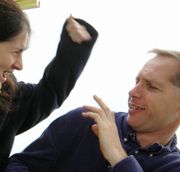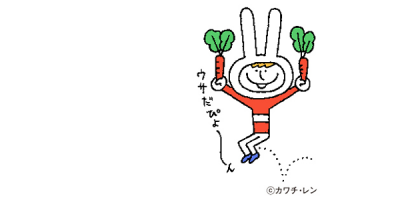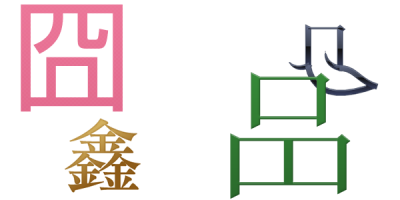
Here, we will continue to talk about the connection between language and characters.
Last time, I said that the word “botchan” is a character label that expresses a strongly childish male character. This is the first type of connection between language and character (see part 43). For convenience, this time I will discuss the third type of connection rather than the second. In this connection, “language, regardless of its meaning, indirectly expresses the character that is using that language.” For example, the first-person pronoun “washi” (I) is a word used by the “senior citizen” character.
In the third type of connection, like the first type, character can be connected with things other than actual language. To understand this, you first must be aware that language is itself a form of behavior.
For example, the first-person pronoun “washi” constitutes a series of behaviors: first pronouncing “wa” with a low intonation, then “shi” with a higher intonation, while pointing at oneself. Perhaps we tend to think of “signs” and “symbols” etc. as complete objects, but on further consideration, it is plain that language exists first and foremost as such behaviors and activities. We say that “washi” is a first-person pronoun used by the “senior citizen” character because people who perform the behaviors of first pronouncing “wa” with a low intonation, then “shi” with a higher intonation, while pointing at themselves, are “senior citizen” characters. The third [language/character] connection is a [speech behavior/performer of speech behavior] connection; in other words, it is a [behavior/performer of behavior] connection in which the connection is specialized in speech behavior.
From this, it is already clear that there must be other observable phenomena that resemble this third type of connection.
For example, “the vertical one-handed wave,” in which the arm is waved left and right in front of the body from the elbow, is essentially a method of refusal used by “adult” characters (see part 32).
Furthermore, the “A-Posture,” in which both elbows are placed on a surface with the wrists and hands forming a letter “A” (see part 34), is generally performed by a “middle aged male” character of authority.
One more example is the “two-handed alternating pound.” That is, the speaker raises her fists, arms bent at the elbows, then drums them back and forth from the elbows to lightly pound the other person (with the pinky-finger side of the fist), or the air. This is a technique used by “young ladies,” generally while saying “Ooh! Idiot, idiot, idiot!” when playfully remonstrating the other person. Any man thus attacked will grin and do whatever the “young lady” says. Stay on your guard everyone. This is an unbeatable technique, and should be feared.







